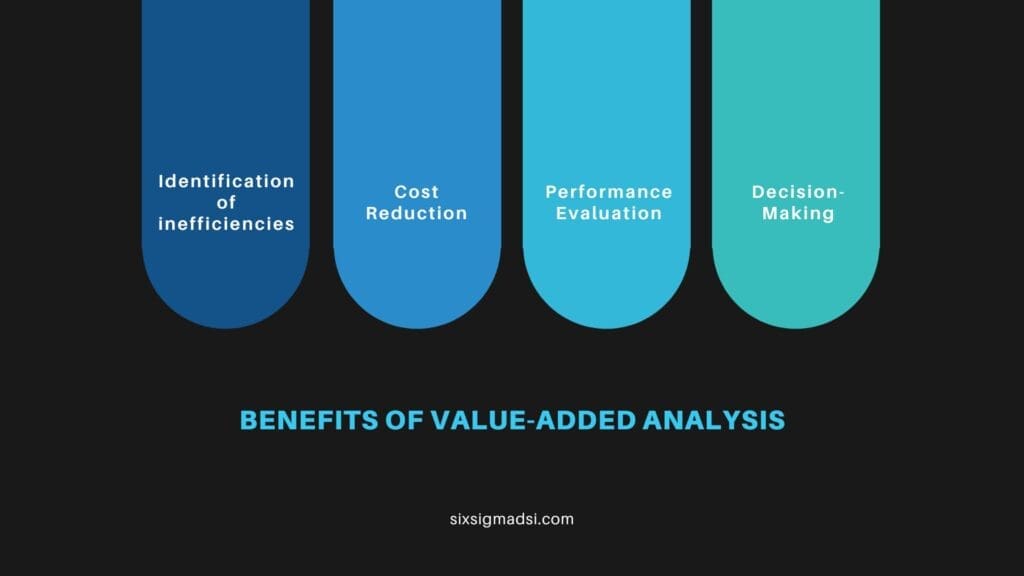Table of contents
Estimated reading time: 3 minutes
Value Added Analysis
Value Added Analysis (VAA) is a method used in economics and business to measure the contribution of a particular process, product, or entity to the overall value of a final product or service. It assesses the incremental value generated at each stage of production or by each contributor in a supply chain.
History
The concept of value-added analysis dates back to the early 20th century, with roots in economic theories such as the classical theory of value and the work of economists like Adam Smith and David Ricardo. However, the modern application of value-added analysis gained prominence in the latter half of the 20th century as businesses sought more sophisticated ways to understand and optimize their operations.
The method became increasingly important as global supply chains expanded and companies aimed to identify areas where they could enhance efficiency, reduce costs, and add value to their products or services.
Application
Value-added analysis can be applied in various contexts:
- Manufacturing: In manufacturing processes, VAA helps identify the specific activities or stages that contribute the most value to the final product. By analyzing these stages, companies can optimize production methods, reduce waste, and improve overall efficiency.
- Supply Chain Management: Within supply chains, VAA helps to evaluate the contributions of each participant. It allows companies to identify which suppliers, distributors, or intermediaries add the most value and which ones might need improvement or replacement.
- Service Industries: It’s also utilized in service industries, such as healthcare, where it helps assess the value of different services offered to patients and optimize processes to enhance patient care and operational efficiency.
- Financial Analysis: VAA is used in financial analysis to assess the value added by different segments or divisions within a company. It aids in understanding which segments are most profitable and where improvements can be made.
- Economic Policy: Governments and policymakers use VAA to evaluate the impact of various policies or programs on the economy. It helps in understanding how much value is added at different stages of production and how policies might affect these contributions.
Benefits of Value-Added Analysis

- Identification of inefficiencies: Pinpoints areas in a process where value is not being added efficiently.
- Cost reduction: Helps in identifying unnecessary steps or processes that do not contribute significantly to the final value, thus reducing costs.
- Performance evaluation: Assists in evaluating the performance of different entities or stages in a production process.
- Decision-making: Provides insights to make informed decisions about resource allocation, process improvement, and strategic planning.
Overall, value-added analysis is a versatile tool used across industries to optimize processes, enhance efficiency, and improve decision-making by understanding where and how value is created within a system.


















